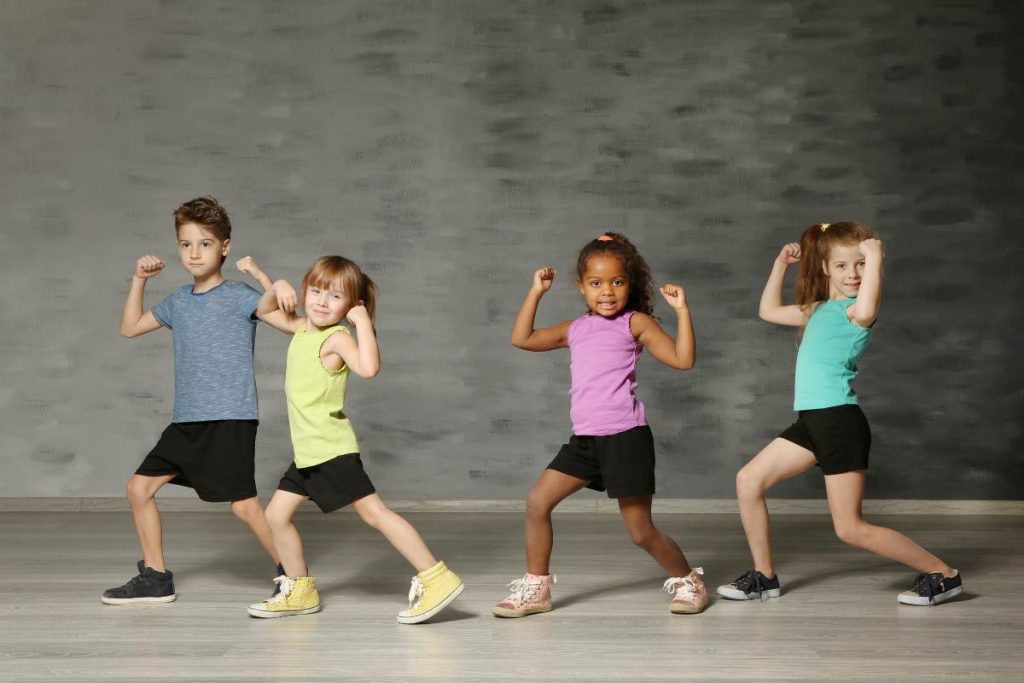Dance is not merely a physical activity; it’s a powerful form of expression, creativity, and joy. For kids, dance serves as an outlet to channel their energy, boost self-confidence, and develop essential motor skills. Establishing a solid foundation is crucial to unlocking the best dance moves. This article will explore the top 10 foundation tricks for kids’ dance, providing insights and tips to help them become confident and skilled dancers.
Warm-Up Rituals
A solid warm-up routine is the cornerstone of any dance foundation. Encourage kids to engage in dynamic stretches, light cardio, and body isolations to prepare their muscles for movement. A proper warm-up prevents injuries and enhances flexibility and overall dance performance.
Focus on Posture
Good posture is fundamental in dance. Teach kids to stand tall with their shoulders back, chest lifted, and core engaged. Emphasize the importance of maintaining a straight spine and proper alignment, as it contributes to a polished appearance, helps prevent injuries, and supports better balance.
Mastering Basic Footwork
The foundation of any dance style lies in mastering basic footwork. Ensure kids practice simple steps like the grapevine, shuffle, and chassé. These fundamental moves build blocks for more complex routines, helping children develop coordination, rhythm, and spatial awareness.
Rhythm and Musicality
Dance is a harmonious blend of movement and music. Help kids develop a keen sense of rhythm by incorporating music into their practice sessions. Please encourage them to tap into the beat, count the musical phrases, and synchronize their movements with the music. This enhances their dance skills and fosters a deeper connection to the art form.
Expression through Facial Expressions
Dance is not just about moving the body; it’s also about conveying emotions. Teach kids to use facial expressions to tell a story through their dance. Whether it’s a joyful smile or a focused gaze, expressing emotions enhances the overall impact of their performance and adds a personal touch to their movements.

Understanding Dance Terminology
Familiarity with dance terminology is crucial for effective communication within the dance community. Introduce kids to basic dance vocabulary related to their chosen style. This knowledge facilitates instruction and helps them connect with the broader dance world.
Creative Choreography
Encourage creativity by allowing kids to experiment with choreography. Please provide them with opportunities to create their dance routines, fostering a sense of ownership and artistic expression. This boosts their confidence and helps them develop a unique dance style.
Partnering and Teamwork
Many dance styles involve partnering or group routines. Teach kids the importance of teamwork, trust, and communication when dancing with others. These skills enhance their social interactions and contribute to a more polished and synchronized group performance.
Cross-Training for Physical Fitness
To excel in dance, overall physical fitness is essential. Incorporate cross-training activities such as yoga, Pilates, or strength training into their routine. These activities help improve flexibility, strength, and endurance, contributing to a well-rounded and capable dancer.
Continuous Learning and Adaptability
The world of dance is dynamic and ever-evolving. Instill in kids the value of continuous learning and adaptability. Please encourage them to attend workshops, take classes in different styles, and stay open to new choreographic trends. This broadens their skill set and keeps their passion for dance alive.
Conclusion
Building a solid foundation in dance is critical to unlocking the best moves for kids. By focusing on warm-up rituals, posture, basic footwork, rhythm, expression, dance terminology, creative choreography, partnering, cross-training, and continuous learning, children can develop the skills and confidence needed to excel in their dance journey. With the proper foundation, young dancers can express themselves, connect with others, and experience dance’s sheer joy in their lives.







